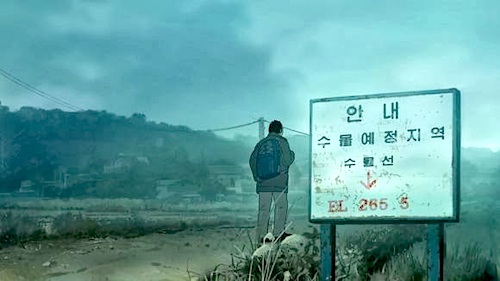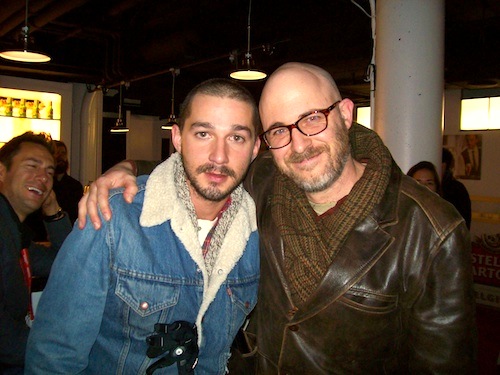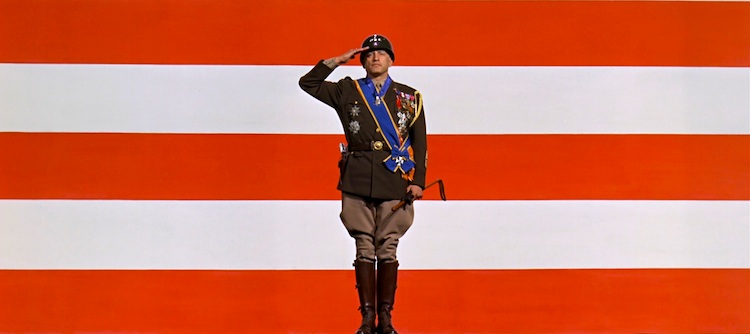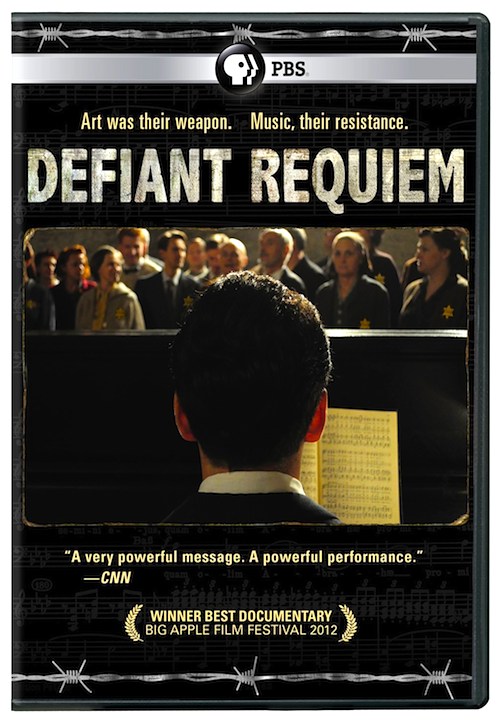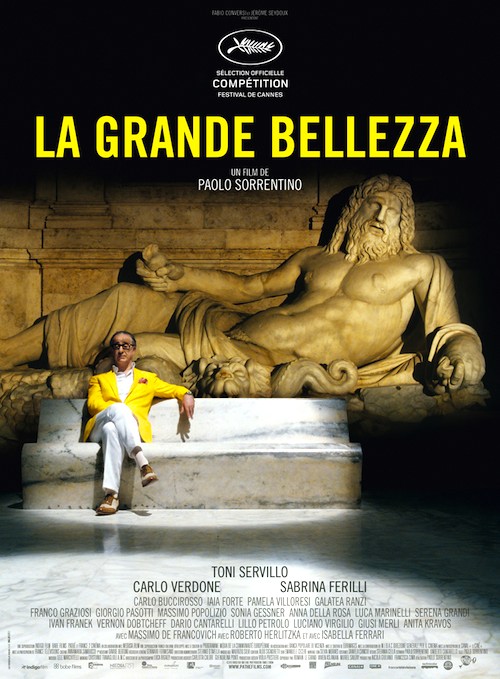By Joe Bendel. It came between Macbeth and Chinatown, or in less edifying terms, between the horrifying murder of Sharon Tate and the infamous rape of an under-aged girl in Jack Nicholson’s Mulholland home. Even Formula One champion Jackie Stewart seemed rather surprised by Roman Polanski’s interest in the sport, but they got on famously in Frank Simon’s rarely seen documentary, Weekend of a Champion, produced by on-camera super-fan Polanski, which opens this Friday at the IFC Center.
In 1971, it was debatable who was a bigger celebrity, Stewart or Polanski. Stewart was looking to win his second Monaco Grand Prix as part of his march towards a second Formula One world championship. However, this would be his first race in a brand new car. Although unharmed, Stewart was still somewhat shook up from the accident that had totaled his previous vehicle. Still, Stewart appears to have a natural affinity for Monte Carlo’s street course, explaining each twisty turn to Polanski in the drive-along that might be the film’s highlight.
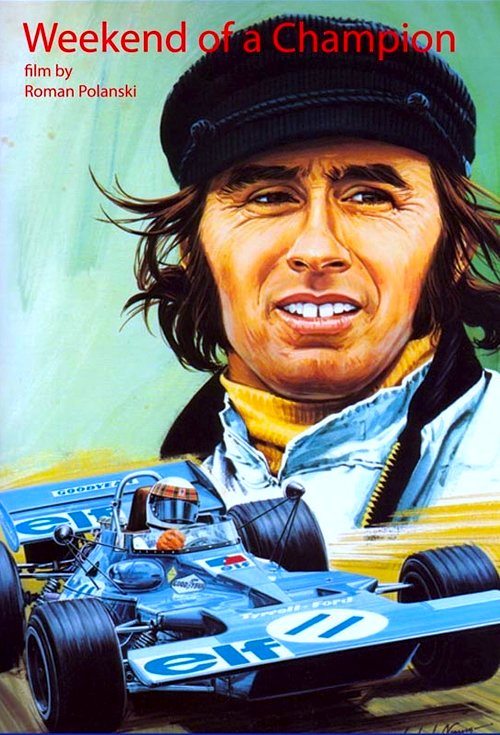 If you are a fan of Jackie Stewart or Formula One racing in general, then Weekend is all kinds of awesome. If not, the Polanski factor and the nostalgic vibe are just enough to keep non-fans invested. Evidently, Formula One was a different beast forty-some years ago. Having already lost most of his closest friends and colleagues to track related accidents, Stewart was arguably lucky just to be alive. His tireless advocacy of safety reforms would dramatically improve driver mortality rates. Yet, the sport was also considerably more intimate at the time. Fans lining the Monte Carlo streets could practically reach out and touch the cars as they flashed by.
If you are a fan of Jackie Stewart or Formula One racing in general, then Weekend is all kinds of awesome. If not, the Polanski factor and the nostalgic vibe are just enough to keep non-fans invested. Evidently, Formula One was a different beast forty-some years ago. Having already lost most of his closest friends and colleagues to track related accidents, Stewart was arguably lucky just to be alive. His tireless advocacy of safety reforms would dramatically improve driver mortality rates. Yet, the sport was also considerably more intimate at the time. Fans lining the Monte Carlo streets could practically reach out and touch the cars as they flashed by.
The newly restored Weekend adds a new postscript featuring Stewart and Polanski talking about how things used to be. It is mostly forgettable mutual appreciation stuff, but when they revisit the road course, it really brings home that sense of how time passes.
In all likelihood, Weekend probably will not convert vast armies of Formula One fans, but viewers can easily see how Stewart smoothly segued into a second career as a broadcast commentator. He has a way of explaining nuts-and-bolts details in clear and descriptive terms. Frankly, Polanski is just along for the ride, but his rapport with Stewart seems genuine.
Once the race starts, there is hardly any question as to the outcome, but Simon and the battery of editors nicely bake in a fair degree of suspense through sequences addressing the new car and uncertain weather conditions. While not exactly a cinematic landmark, Weekend is a highly watchable as a sports documentary time capsule, with obvious novelty value to cineastes. It is sort of mind-blowing that this even exists, but here it is (with fleeting cameos from Ringo Starr and Joan Collins). Recommended for motor sports enthusiasts and compulsive Polanski apologists, Weekend of a Champion opens this Friday (11/22) in New York at the IFC Center.
LFM GRADE: B
Posted on November 19th, 2013 at 11:49am.
